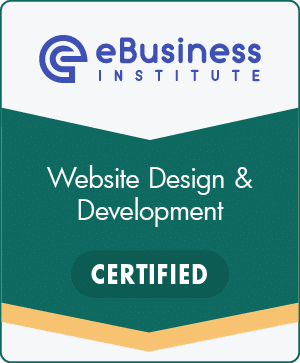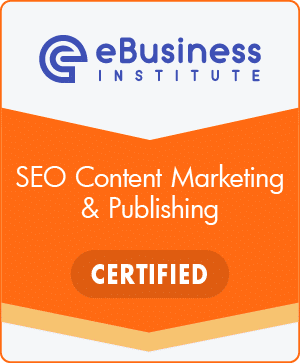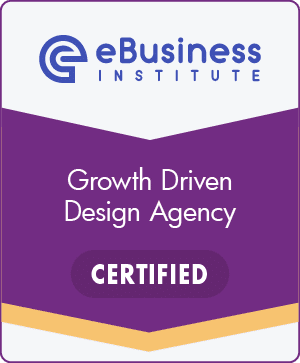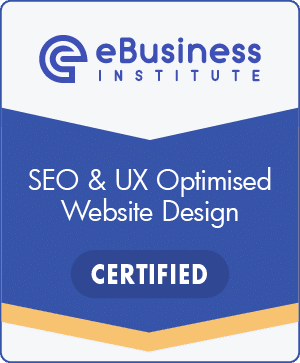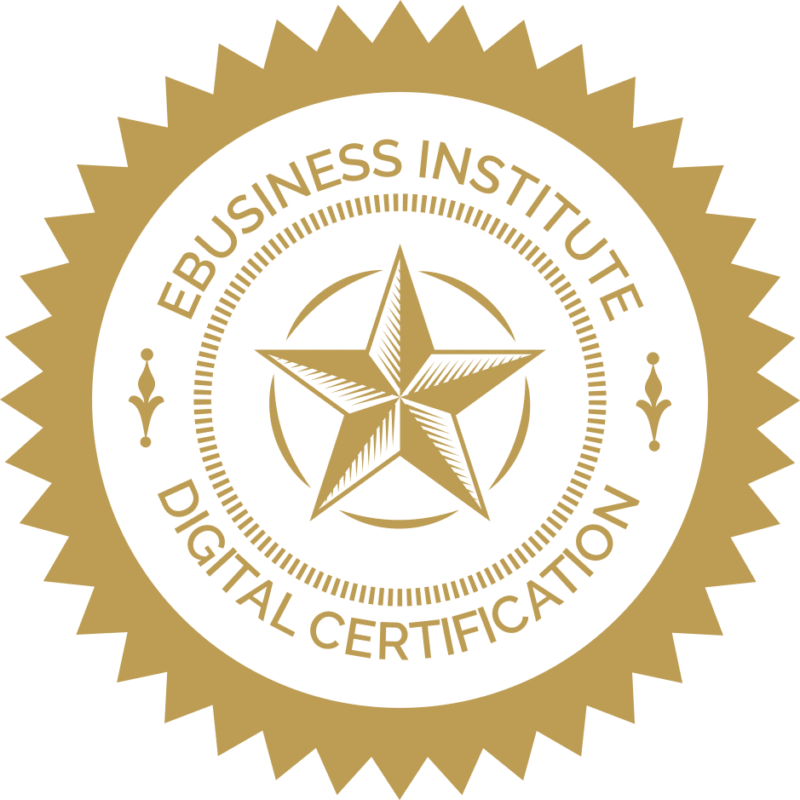Introduction
When browsing a well-designed website, have you noticed how some buttons and links draw your attention, urging you to take action? These are called “Call to Action” (CTA) buttons, and they play an important role in converting visitors into customers or followers.
In the digital landscape, understanding and implementing effective CTAs on your website can significantly influence user behavior and improve conversion rates. This article will explore what CTAs are, why they matter, and how you, as a business or website owner, can use them effectively to achieve your digital marketing goals.
Clear Call-to-actions are an important component in a high-converting website design.
Understanding Call to Actions (CTAs)
A Call to Action (CTA) is essentially a prompt on a website that tells the user to take some specified action. A CTA is typically written as a command or action phrase, such as “Sign Up,” “Buy Now,” or “Learn More.” This small but mighty feature is critical because it guides your users through the website experience, directing them toward actions that align with your business objectives.

Key Elements of a CTA:
- Verb or Action Word: Strong, clear verbs provide the user with precise guidance on what they are expected to do.
- Design: CTAs should stand out with a design that contrasts yet complements the rest of the page, often highlighted with vibrant colors or unique shapes.
- Position (placement): Effective CTAs are placed strategically across the website to catch the user’s eye without disrupting their browsing experience.
The Importance of Effective CTAs
CTAs are not just buttons on a page; they are the checkpoints of your website’s conversion path. From increasing newsletter subscriptions to driving sales, CTAs can effectively guide users toward your business goals. An effective CTA goes beyond being merely visible; it must be compelling enough to convince visitors to take action. Studies show that personalised CTAs convert 42% more visitors into leads than untargeted CTAs.
Types of CTAs to Consider
Depending on your website’s goals, there are several types of CTAs you might consider:
- Informational CTAs: These are used to guide users to more information, such as “Learn More” or “Read More.”
- Form Submission CTAs: Used to encourage users to subscribe, contact, or download, often seen as “Subscribe Now” or “Download Free E-book.”
- Lead Generation CTAs: These directly contribute to converting visitors into leads and may include offers like “Contact us”, “Get a Free Trial” or “Schedule a Demo.”
- Transactional CTAs: Often linked with finalizing purchases, like “Add to Cart” or “Checkout.”
Designing Effective CTAs
The design of a CTA can significantly impact its effectiveness. Here are some tips for designing CTAs that stand out and get clicked:
- Colour: Use a colour that contrasts well with your site design to make the CTA pop, but still align with your overall brand style.
- Size and Shape: Make sure your CTA is big enough to be noticed, but not so large that it overwhelms other elements.
- Positioning: Place CTAs in intuitive places where users naturally pause, such as at the end of a blog post or next to key information on your product.
- A/B Testing: Regularly test different versions of your CTAs to find out which ones perform best with your audience.

FAQs
What is a CTA in web design?
In web design, a Call to Action (CTA) is a button or link placed on a website that guides users towards your business goal, such as signing up, buying a product, or contacting support. It’s a key element in converting visitors into customers by encouraging them to take immediate action.
How can I make my CTA more effective?
To make your CTA more effective, ensure it is visually distinct and well-placed. Use action-oriented wording, make it large enough to notice but not overpowering, and choose colors that stand out from the rest of your page. Testing different CTA versions (A/B testing) can also help determine what works best for your audience.
Where is the best place to position a CTA on a website?
The best place for a CTA depends on your website layout and user flow. Common effective places include above the fold (the part of the webpage visible without scrolling), at the end of key content, or in a persistent sidebar or footer that remains visible as the user scrolls.
Can I have multiple CTAs on a single page?
Yes, you can have multiple CTAs on a page, but they should be prioritised based on your objectives. Each CTA should lead to a different action or step in the user’s journey. However, avoid overwhelming the user with too many choices, as this can lead to decision paralysis.
How do I measure the success of a CTA?
The success of a CTA can be measured using metrics such as click-through rates (CTR), conversion rates, and the overall impact on your business goals. Tools like Google Analytics can track these metrics and help assess whether your CTAs are effectively contributing to your website’s objectives.
Conclusion
Call to Actions are a critical element of your web design strategy, driving your site’s visitors towards your business goals. By understanding the types of CTAs available, designing them to stand out, and strategically placing them throughout your site, you can enhance user engagement and boost conversions.
Remember, every element on your website should serve a purpose, and your CTAs are no exception, they are your ultimate tool for user engagement and conversion. A lack of CTAs or unclear CTAs are wasting your potential leads – rather guide them to “give you a call”, “book an appointment” or “buy” something.
If your website is confusing, get in touch with our web design team to see if can help you improve conversions with our web development services. I should also mention that for more leads you not only need a higher converting website, but also more visitors (traffic)… this is where our local SEO services work well.


